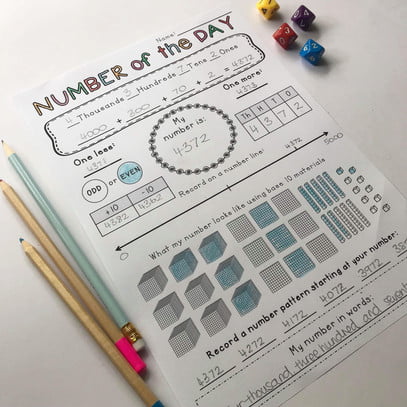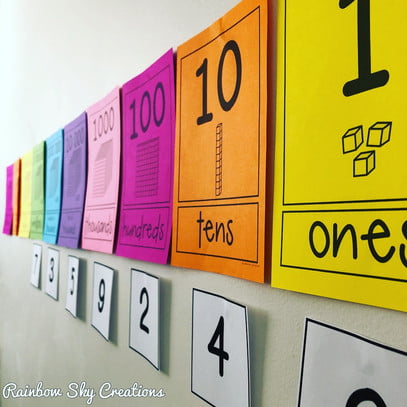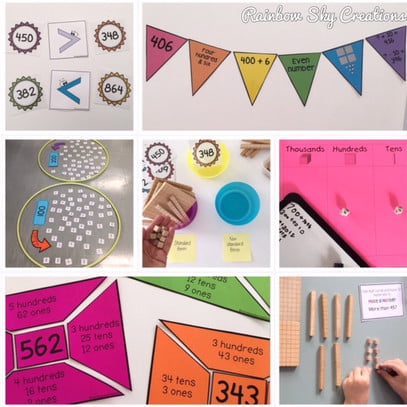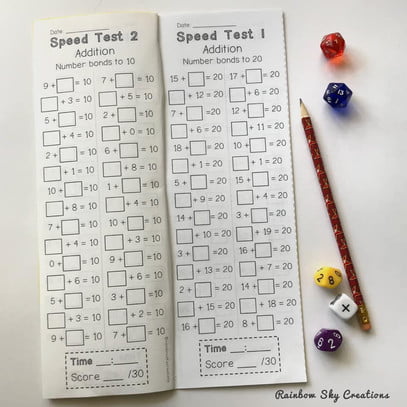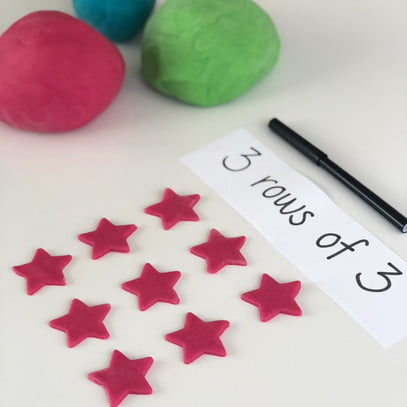Math is a key learning area that is often judged unfairly (in my opinion). Every year a handful of students tend to have negative feelings towards Mathematics. Instead of getting ourselves stuck down a psychological rabbit hole about why this might be the case, I think it is important that we, as educators, try to turn this around for our students. As we know, a key aspect of learning is confidence and enjoyment.
Starting the year strong in your math instruction could make a huge difference to the outcomes and confidence of your students. We have listed 8 ways to build a positive learning experience for students that every teacher can implement as a part of their math lessons:
1. Identify gaps and areas of difficulty
No one wants to sit through a lesson about something they already know, how boring! Although on the opposite end of the scale, mathematics is like building a house, foundations need to be laid and concepts build upon each other. If students have a gap in their learning, we need to identify this and teach it before we move onto more complicated concepts.
2. Explicitly teach
This doesn’t always mean ‘chalk and talk’. Explicit teaching may be in a small group, during centres, or finding ‘teachable moments’ within the lesson when students are working on a task. Explicit teaching also means modelling to students and teaching them how to apply the content.
3. Focus on how the number system works
Place value is a vital mathematical concept but can be a difficult one for students to master. It is the key to understanding our number system and so many other mathematical skills depend on a solid understanding of it. I keep my place value posters display up all year and we constantly revisit it during math warmups and lessons.
4. Identify what good mathematicians do
Students need to know how they can be successful in math lessons. Throughout your teaching, explain to them how good mathematicians would record something, what language they would use, how good mathematicians like to use a range of strategies etc. Mindsets can be shifted when students actually see themselves as mathematicians instead of just students doing math.
5. Provide hands-on experiences
We know students learn by doing and having concrete materials available to them. It is also an important step before moving students from the concrete to abstract in mathematics. Providing them with structures to scaffold and assist them will contribute to a growth in confidence which will have an overall positive impact on their feelings towards math.
6. Engage different kinds of learners
This is so important no matter what subject we are teaching. Acknowledging the differences between individuals and catering for different learners is vital for every student to access the content you are trying to teach. Mix up your lessons, have elements of visual, auditory and hands-on experiences. Allow students to engage with each other, work alone or make a choice about how and where they work. Mixing things up not only provides for the different students in your care, but it also keeps them on their toes!
7. The power of warm-ups and counting
When we teach sport, we warm up our muscles. When teaching more academic based subjects like English or Math, we need to focus on warming up the brain muscle. Count, play a game, pose a question, practise a skill that will help with the success of the lesson you have planned. I always focus my counting and warm-up on a concept my whole class will benefit from since it has been flagged as a noticeable area of development. Alternatively, my warm-up will complement the lesson to come. I’ve even tested out differentiating my math warm-ups with content related exit tickets (read about it here). Additionally, throughout the year we use our speed test booklets as a way to practice mental strategies taught and build number fluidity.
8. Make it fun
Change the narrative our students so often hear about mathematics. As primary school teachers, we are experts at turning learning into enjoyable experiences for our students. Math is no different. Ask students to give you feedback about the elements they enjoy in your lessons and why. With such feedback, aim to include more similar learning experiences into your teaching. Furthermore, provide them with real-life problems to solve so it relates to their world, and be sure to celebrate your student’s successes and growth in mathematics.
Math takes up one-fifth of our student’s weekly learning. With such a big investment of time, it is vital they find success and enjoy what mathematics has to offer!
Click here to explore the range of hands-on Math resources we like to use in our classroom.
What to read next:
Tips to Teach Number Sense Well
Counting Races Warm-up (+ a freebie)
Picture Books that Support Learning in Math
